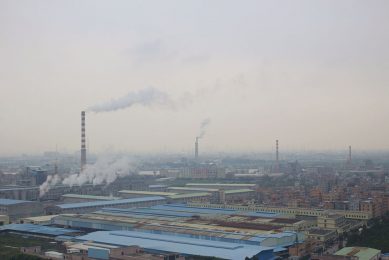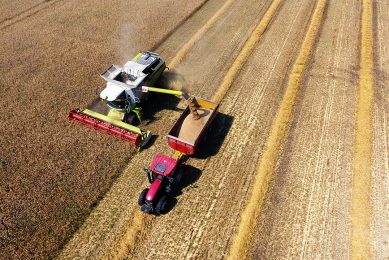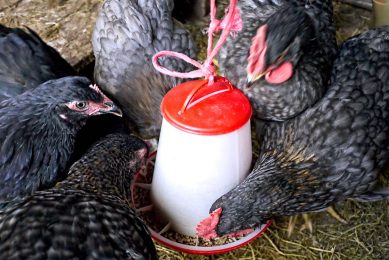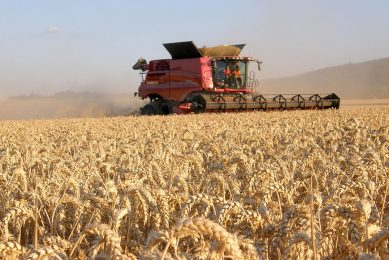Hip quinoa set to conquer the world
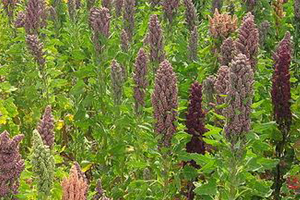
Wageningen University has developed three varieties of the superfood quinoa, healthy grains which originate from South America. The University has been researching into the possibilities of growing it successfully in Northwest Europe
Breeder Robert van Loo of Wageningen UR describes the hip status of quinoa as “startling, but understandable”. He also says “it is rich in protein and other healthy ingredients and contains less starch than pasta, rice or potatoes. It is also gluten free, which is good for people who are intolerant. Last but not least, quinoa is delicious.”
Near the equator
Most quinoa comes from the Bolivian and Peruvian Andes. Wageningen UR has been researching possibilities to grow the crop in Northwest Europe since the 1990s. “The quinoa varieties from the Andes are cultivated near the equator,” Van Loo points out. “The plants are used to short days when ripening so cannot really be grown in countries like the Netherlands.”
Three new quinoa cultivars for Europe
Van Loo and his colleagues worked on developing new cultivars between 2003 and 2007. They used classical crossing methods to find variants that would not be sensitive to the length of days and also free of the bitter substance saponin. This resulted in three new varieties. The French company AbbottAgra saw merit in the idea of European quinoa and obtained a license to start growing it in 2007. From this moment on, things started moving quickly.
“A thousand hectares were planted this year in France alone,” Van Loo says. “But there are developments in the Netherlands, too. In the Netherlands, the Dutch Quinoa Group has acquired the right on our varieties to set up a Dutch production chain, in collaboration with pioneering farmers, now planted an area of 30 hectares with our varieties. In cooperation with European partners, Wageningen UR is currently also creating new varieties with qualities such as better mildew resistance and higher yields – as well as with new colours, such as dark red to reflect the fact that consumers are already familiar with variants from South America.”
Quinoa for saline soils
Another useful factor is the fact that the varieties do well in saline soils. Tests have shown that quinoa doggedly continues to grow in places where other crops quickly perish. Wageningen UR will be considered for an award of the Securing Water for Food programme, for it’s project proposal on growing Wageningen quinoa on saline soils in Chile, China and Vietnam.
Falling prices
Although the supply of quinoa is barely sufficient to meet global demand, Van Loo predicts that this will change. “The scale of production cannot easily be increased in South America. So, I wouldn’t be surprised if there were 20,000 hectares cultivated in Europe five years from now. The market price, which is now very high, will go down as a result.”
Not a loss for South America
Van Loo isn’t worried that South America will ultimately lose out due to an increase in the global output of quinoa. “For most Bolivians and Peruvians, quinoa is not an important part of the daily meal. Before the global hype began, production had even decreased greatly, as yield per hectare was not interesting enough for farmers. I’m more concerned about the export of minerals – if minerals are insufficiently supplemented by fertilisers, soils will become poorer. I think that the international chains, of which Wageningen UR is part, need to exercise considerable caution in this respect.”




